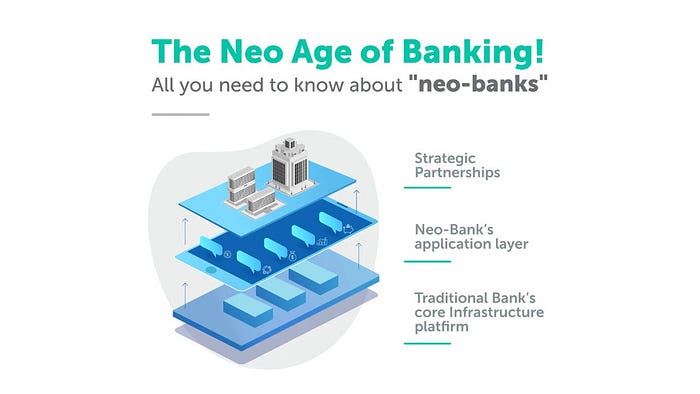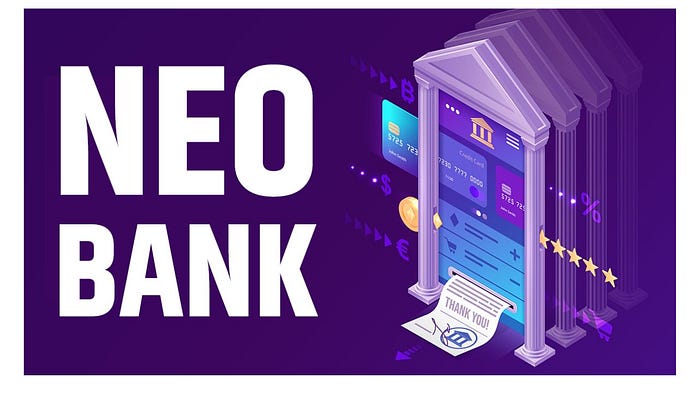
In an era of technological advancements, the emergence of neo-banks has disrupted the traditional banking landscape. Neo banks, also known as digital banks or challenger banks, are reshaping the way people manage their finances. In this blog post, we will explore the concept of neo-banking, understand its key features, and compare it to traditional banks to gain insights into this transformative development in the financial industry.

Neo banking refers to the rise of innovative digital-first banks that operate primarily through online platforms and mobile applications. These banks offer a wide range of banking services without the need for physical branch locations. Neo banks leverage cutting-edge technology to provide convenient and seamless banking experiences, catering to the evolving needs of tech-savvy customers.
Neo banks vs traditional banks:
1. Accessibility and Convenience: Neo banks excel in providing anytime, anywhere access to banking services through user-friendly mobile apps. In contrast, traditional banks rely on physical branch networks, resulting in limited accessibility and time-bound operations.
2. Cost-Effectiveness: Neo banks often have lower overhead costs compared to traditional banks, allowing them to offer competitive fee structures, reduced transaction fees, and sometimes even fee-free banking options.
3. Customer Experience: Neo banks prioritize delivering a superior customer experience. Their intuitive interfaces, personalized financial insights, and real-time notifications empower customers to manage their finances more efficiently. Traditional banks, while making efforts to enhance their digital offerings, may still struggle to match the seamless user experience provided by neo-banks.

4. Innovative Features: Neo banks are known for their integration with various third-party financial tools and services. They often offer innovative features such as automated budgeting, expense tracking, and savings goals, empowering customers to take control of their financial well-being.
5. Regulatory Framework: Both neo-banks and traditional banks are subject to regulatory requirements, ensuring customer protection and compliance with financial regulations. However, neo-banks may face certain challenges in navigating complex regulatory frameworks as they operate in a digital-first environment.
Conclusion
Neo banks represent a significant development in the financial industry, revolutionizing the way people access and manage their finances. By leveraging technology and providing innovative features, neo-banks offer greater accessibility, cost-effectiveness, and a superior user experience. While traditional banks still play a vital role in the banking ecosystem, neo-banks are driving digital transformation and shaping the future of banking. As customer preferences continue to evolve, the growth and development of neo-banks will likely play a key role in transforming the financial landscape in the years to come.























